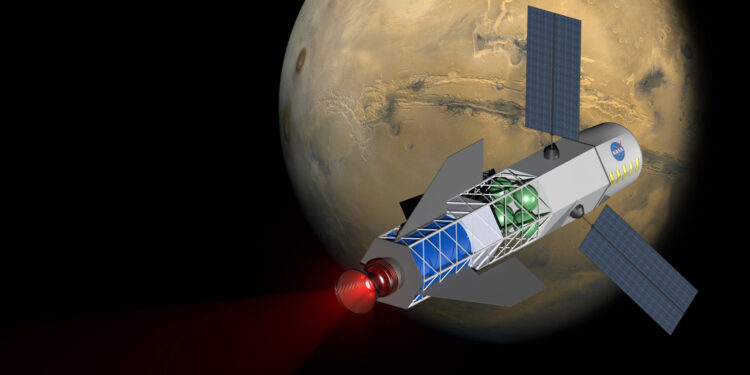The leading national security supply company has entered into a $14 million contract with NASA to develop an innovative engine for space travel
The world looks to the stars again. The American national space agency NASA plans to return to the Moon in 2024. Elon Musk has reinvented the concept of space expeditions with his reusable rockets. Several private companies accelerate research for the development of launchers to be exploited in the new sector of space tourism. Innovation is fast and varied and NASA itself is no less. An interesting new project concerns the production of a new engine with nuclear propulsion.
Gryphon Technologies is the candidate chosen by NASA for this challenge. The company has signed a $14 million contract to develop a nuclear rocket engine for the Demonstration Rocket for Agile Cislunar Operations DRACO program. The type of engine is considered the most suitable to travel between the Earth and the Moon. The nuclear reactor will use hydrogen heated to very high temperatures and recycled material from nuclear power plants enriched between 5 and 20%.
The new technology represents the third alternative to the two types of engines developed today. The chemical propulsion engine class has almost reached the theoretical limit of power and has as limit the risk of explosions. The electric motors instead are safe but reach low power and their reliability, after having operated for a long time at temperatures close to absolute zero, is low. Nuclear propulsion rockets would ensure a power up to 5 times higher than chemical propulsion rockets, together with high reliability and safety. The end result of the research will be a small, less polluting, very efficient engine with an extremely long life expectancy.
You might also be interested in -> First positive test for Starship, the ship of the future

































